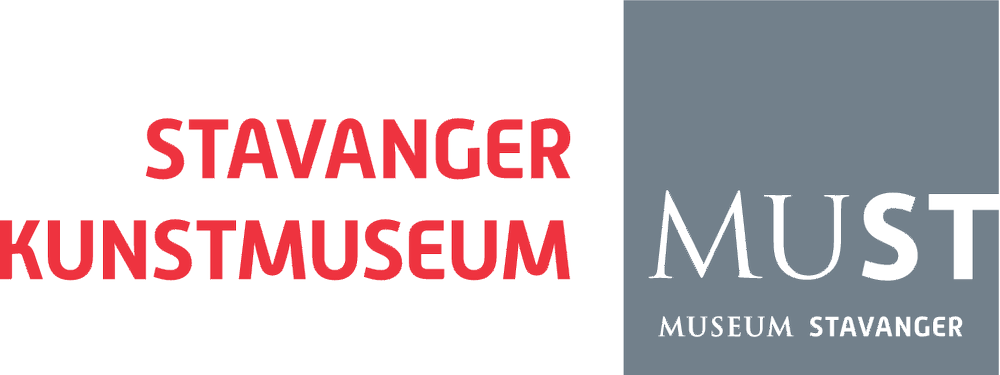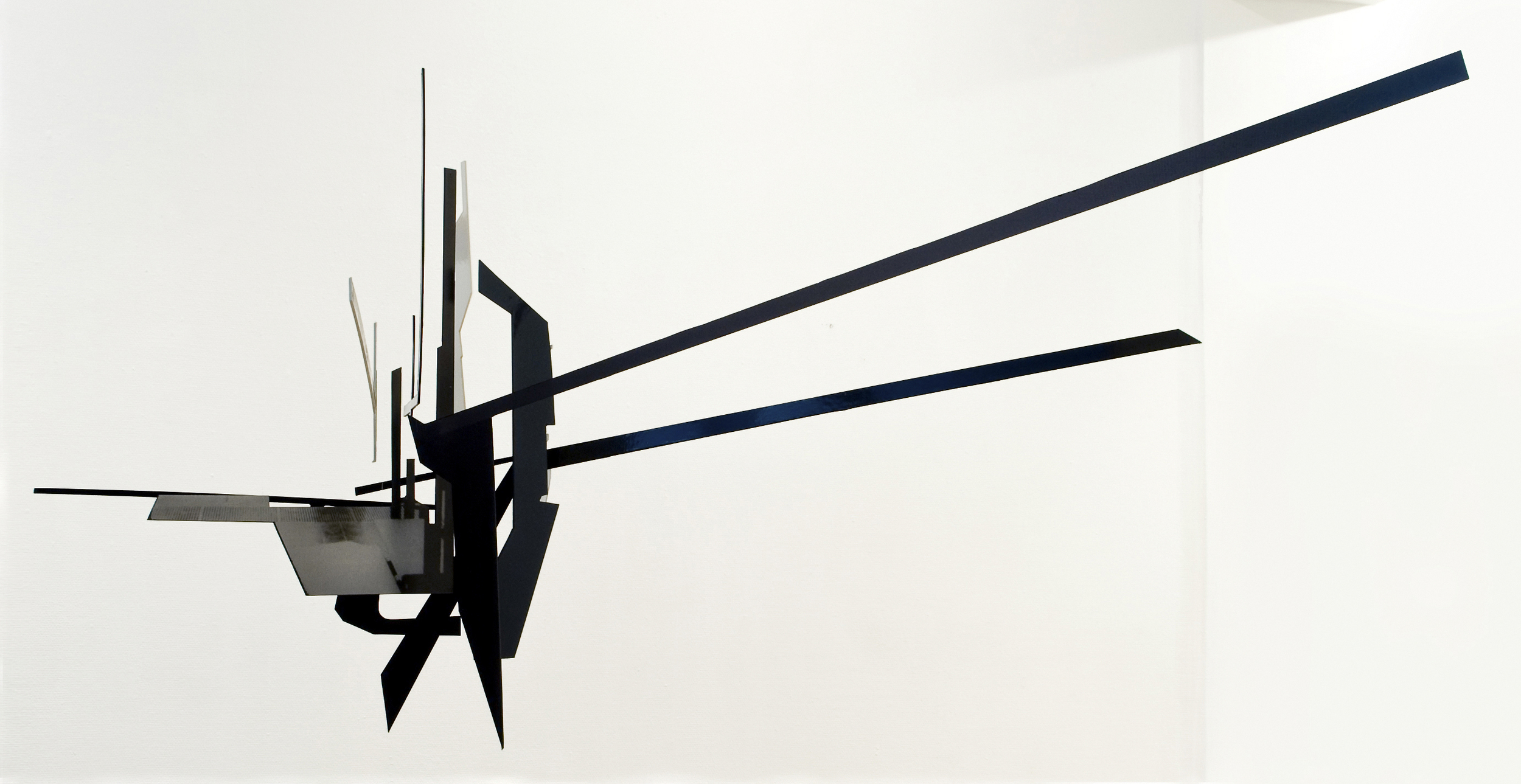MARIE BUSKOV
Born 1980, Denmark. Lives and works in Oslo.
Marie Buskov explores the relation between two-dimensional photographs and three-dimensional forms in architecture. She uses the camera as a tool for researching spatial environments and architecture, using her findings to create new sculptural forms. At first glance, there is little to indicate that the abstract sculptures have a camera-based origin. While their visual characteristics incite us to understand them as speaking an abstract formal language, they are not actually formal explorations of the material from which they are made. Buskov’s sculptural forms are based on photos she has taken of architectural environments and elements. She uses the camera’s possibilities to distort the perspectives and proportions of these forms and structures. From the photos, she cuts out forms that become the base material for sculptures which are then arranged in a spatial composition in the exhibition space. In addition to using the camera to distort and manipulate forms, she folds the cut-out forms into constructions that challenge our ability to trace their architectural origins. What we might initially interpret as an interest in deconstructing architectural forms, is for Buskov an interest in the actual construction.
In earlier projects, Buskov incorporated photographic surfaces into her sculptures by printing the photographs on aluminium panels, then using a router to cut out the sculptural forms. In her most recent projects, she has taken further steps towards abstraction: instead of using photographic surfaces, she has painted the surfaces and manipulated the forms to create independent sculptures. The photographic origin is still present and crucial for the works’ formation, but by using painting and further manipulation, she distils them into the ‘pure’ forms we see in the sculptures. The series of sculptures and paper works in the exhibition are partly based on Buskov’s photographs of elements from Astrup Fearnley Museet’s architecture and her subsequent (re)construction of new forms from these photos.
Both the sculptures and the pictures hold references to modernistic visual languages such a Suprematism and Constructivism, but also to Bauhaus and Minimalism. Worth particular mention are Aleksander Rodchenko’s photos from the 1920s, where he translated the reality he saw into sculptural and graphic forms and surfaces merely by using his camera to change an angle of vision, and to see reality from many angles. Buskov deploys much of the same strategy with her camera, but takes the formal research several steps further: first by using the photos to construct a sculptural form, then by creating a spatial composition out of all the sculptures. In this way, her practice builds on the constructivist artist Naum Gabo’s idea of construing forms in space, rather than cutting forms out of a material. Buskov also elaborates on Minimalism’s exploration of the relation between the object, the room and the viewer. We experience her works as situated at the intersection between the two-dimensional plane and the three-dimensional room, the photographic starting point and the sculptural form.
Text by: Therese Möllenhoff


